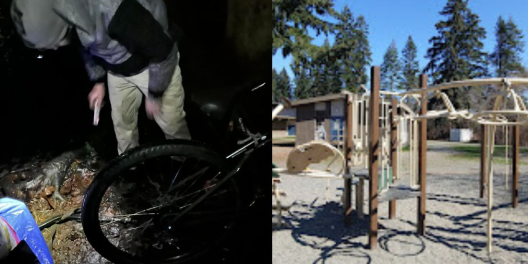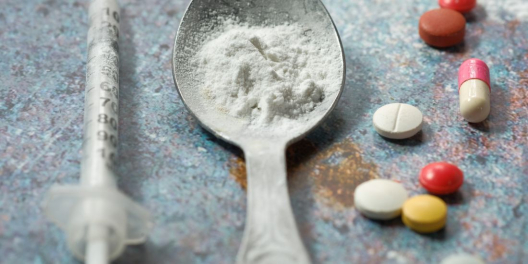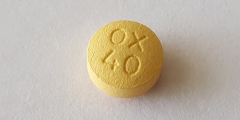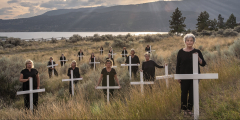How much money is too much money to spend to save a life?
That’s essentially the question a new motion that’s been passed by Campbell River Council is asking.
Councillor Sean Smyth proposed the motion, which will examine the direct and indirect financial costs of overdose prevention and safe injection sites in the city.
“Some individuals who utilize the services of the overdose prevention sites and safe injection sites leave under the influence of drugs which can lead to disorderly behaviour, urination, defecation, vandalism, illegal camping and safety issues which have a negative impact on businesses, and residents in the surrounding area, and on city resources and the community as a whole,” reads the motion.
True as this may be, the purpose of the bill seems questionable.
While overdose prevention doesn’t solve the drug crisis, it does save lives.
Island Health sent a letter criticizing the motion signed by Medical Health Officer Dr. Charmaine Enns and Mental Health and Substance Use executive director Sheila Leadbetter. The letter is “to express our deep concern and disappointment with the proposed motion.”
According to the letter, since overdose prevention services were introduced in Campbell River in 2017, “not a single person has died while accessing these services, despite hundreds of thousands of visits.”
“Singling out this service in Campbell River is highly stigmatizing and minimizes the importance of these health care services for the people they serve, their friends and their families.”
Councillor Tanille Johnson, the only councillor to vote against the motion, brought up similar concerns during the meeting.
“So we get a financial figure, and then what? Because the way it reads, it does read very vindictively, as if that sum of money is going to be … held against access,” she said. “Which is why people are feeling a little bit threatened by it.”
Councillor Smyth defended the motion, saying the intention was not to shut down centres.
“At no point, we’re trying to shut these places down. That’s not in the motion. We’re just trying to get some advocacy, we’re trying to get some solid numbers so we can get some help and understand the scope of the situation.”
Sure, he says the goal is not be to shut down centres. But no one can tell us what the goal really is.
A true cost analysis should include the positive health benefits for those who are using the service, and the negative impacts on the healthcare system if clients no longer have access to safe overdose prevention sites.
But this motion focuses on negative financial impacts only. And it’s pretty cruel to ask how much is too much to keep our neighbours alive.
It feels like the motion’s real underlying question is: “Would it be cheaper, from a tax perspective, to simply let addicted people die?”
And if that’s what’s being asked, the answer is pretty obvious.
Yes, it would be.
But, do we really want to be a society that lets people die to save dollars? Is that what we as Canadians are about?
That sounds beyond dystopian, and we hope the people of Campbell River would agree.
If the real concern is about spending public money to have people return to the same damaging habits, that’s a fair point.
As Councillor Ben Lanyon put it, “We have an overdose prevention site, like, it is harm reduction, but it is not pulling people out of that system.”
So if the real goal is pulling people out of addiction cycles, maybe we’re analyzing the wrong things.
It would make a lot more financial sense to run an analysis of what services we could most effectively put in place to help people heal from addiction long term.
Regardless, the motion was passed, with all councillors but Johnson voting in favour.









